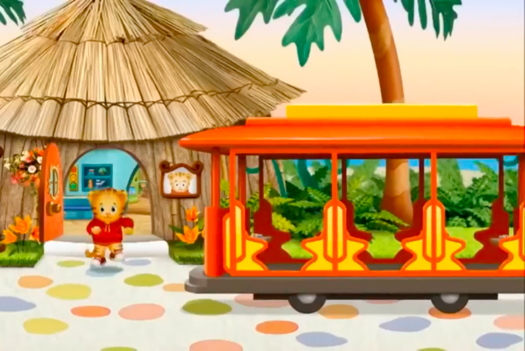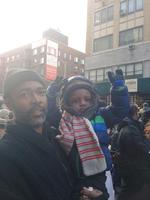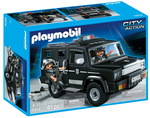
You may know Ian Bogost from his groundbreaking work on the McRib's insidious normalization of the McNugget. Now he has trained his scholarly gaze on Daniel Tiger, whose Privatization Trolley is destroying Our Youth's faith in public transit:
When Daniel and his family want to go somewhere, they simply walk outside to catch Trolley. It's always already there, waiting, empty. Daniel's posse climbs aboard and off they go. And new Trolley is no longer bound by rails, but conveys itself, driverless, along the modest roads and pathways of the neighborhood. It deposits its passengers directly at their destination, then disappears.As a Fred Rogers purist, I have never watched Daniel Tiger; we hustled up original episodes of the real thing wherever we could. But even if I think Bogost overplays the persuasive power of OG Trolley to tie our childhood TV community together, I don't dismiss the threat. Daniel Tiger must take a bus or a train by the end of whatever season we're on right now, or be declared an enemy of The People.In other words, Trolley isn't a trolley, at all. It's an Uber. An autonomous Uber, even.
Trolley is also a very important character in Daniel Tiger's Neighborhood, one far more central than in Mister Rogers' Neighborhood. Not only does it convey Daniel and his family and friends around the (seemingly small and walkable?) neighborhood, but also it serves as the object of Daniel's total obsession. He's got a trolley bed. A trolley toy. Trolley bath towels. Daniel worships trolley (Ding! Ding!). Which means, metaphorically at least, that Daniel worships a hypothetical autonomous car hailing service rather than a mode of public transit.


